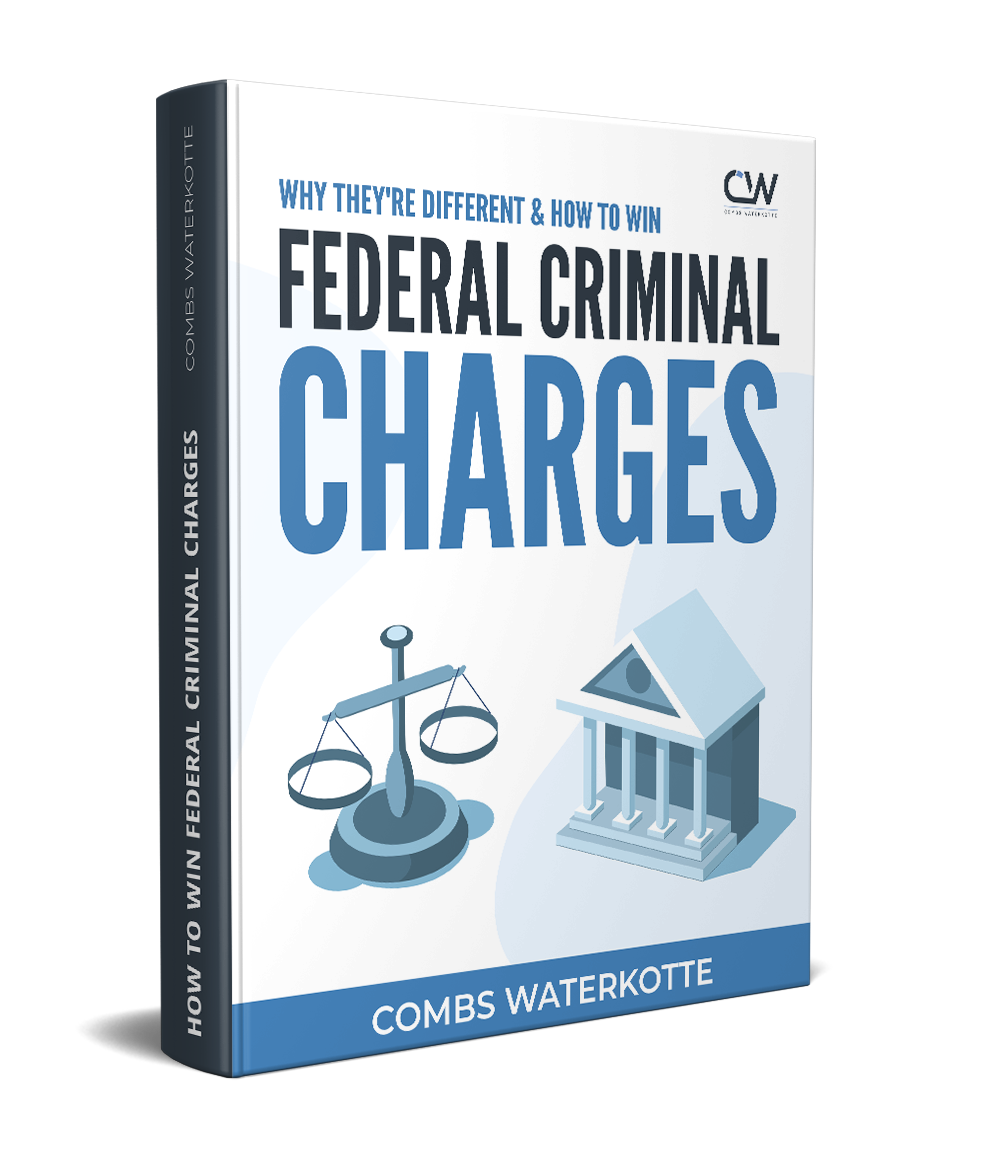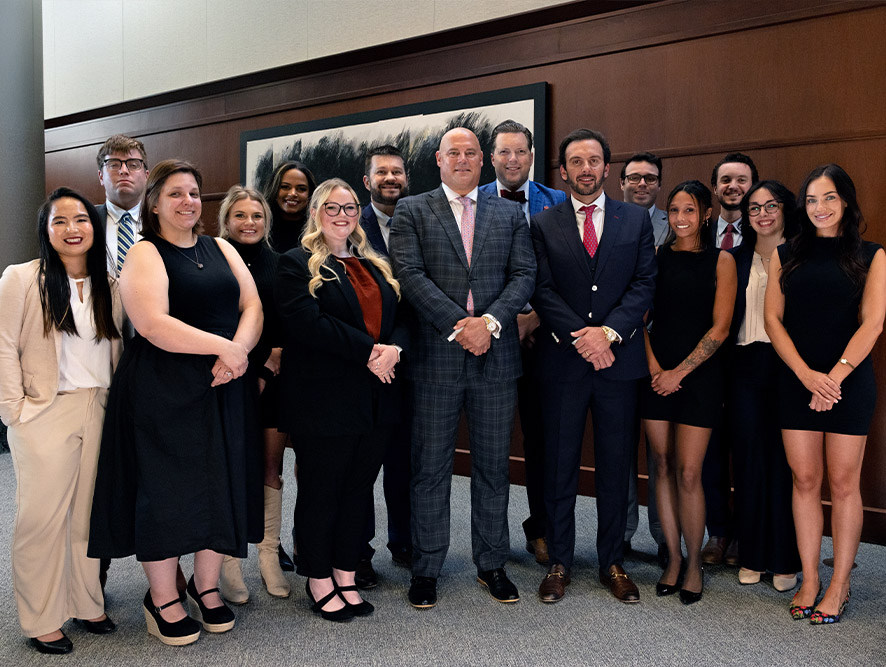Every federal case is unique, but certain defense strategies have consistently proven effective in challenging the government’s evidence, questioning its methods, and persuading judges and juries to acquit or reduce charges. This chapter will walk you through some of the most powerful tactics used in federal criminal defense, and how they might apply to your case.
Challenging the Evidence
Federal prosecutors often rely on mountains of evidence gathered by agencies like the FBI, DEA, IRS, or Homeland Security. But quantity doesn’t equal quality.
How it Works:
- Exclusion of Illegally Obtained Evidence: If federal agents violated the Fourth Amendment during searches or seizures, your attorney can file a motion to suppress that evidence.
- Chain of Custody Attacks: Any break in how evidence was collected, stored, or handled can cast doubt on its reliability.
- Expert Analysis: Bringing in independent forensic, accounting, or digital experts to counter the government’s findings.
Constitutional Rights Violations
When the government violates your rights, the court may throw out evidence—or the entire case.
Examples:
- Miranda Violations — Failure to inform you of your right to remain silent or to have an attorney present.
- Due Process Breaches — Unfair treatment or deprivation of rights under the Fifth Amendment.
- Speedy Trial Violations — Excessive delays in bringing your case to court.
Lack of Intent
In many federal crimes—such as fraud, conspiracy, or certain drug offenses—the prosecution must prove you acted knowingly or willfully.
Defense Approach:
- Demonstrate absence of motive or benefit from the alleged conducts.
- Show that actions were accidental, based on a misunderstanding, or done without awareness of wrongdoing.
Entrapment
Federal law enforcement sometimes runs sting operations. If agents induced you to commit a crime you otherwise wouldn’t have committed, entrapment may apply.
Key Points:
- Your federal criminal defense lawyer must show government agents initiated the idea.
- You lacked predispostion to commit the crime.
Insufficient Evidence
The burden of proof is on the prosecution—beyond a reasonable doubt.
How it Works:
- Argue that circumstantial evidence is too weak to convict.
- Show that physical evidence doesn’t connect you directly to the crime.
- Highlight inconsistencies in witness statements.
Affirmative Defenses
Sometimes the best defense is admitting the act but proving it was legally justified.
Common Examples Used in Federal Cases:
- Self-Defense: In violent crime charges, showing you acted to protect yourself or others from imminent harm.
- Necessity: Committing a lesser crime to prevent greater harm.
- Duress: Acting under threat of serious injury or death. This defense is based on the notion that there was no other viable option.
Negotiated Resolutions
While not necessarily a “trial strategy,” plea negotiations can dramatically reduce exposure in federal cases.
Benefits:
- Lighter charges
- Reduced sentencing
- Dropping certain counts
A skilled federal criminal defense lawyer uses the strength of your case as leverage in these negotiations.
Key Takeaway: The strongest federal defenses are built by attacking the government’s case from every angle—challenging flawed evidence, exposing constitutional violations, questioning intent, and leveraging legal justifications when applicable. No single tactic fits every case; the key is choosing and combining strategies that exploit the prosecution’s weaknesses, protect your rights, and position you for the best possible outcome.
Why Strategy Choice Matters in Federal Criminal Defense
- Your criminal history
- The charges you face
- The strength of the prosecution’s evidence
- The legal precedents in your jurisdiction
- The judge & jury pool
The most successful federal criminal defense attorneys often combine multiple strategies, adapting as the case unfolds.
In the next chapter, we’ll break down the role of negotiation and plea bargains in federal cases, explaining how and when plea deals work, and how to avoid being pressured into a bad one.



